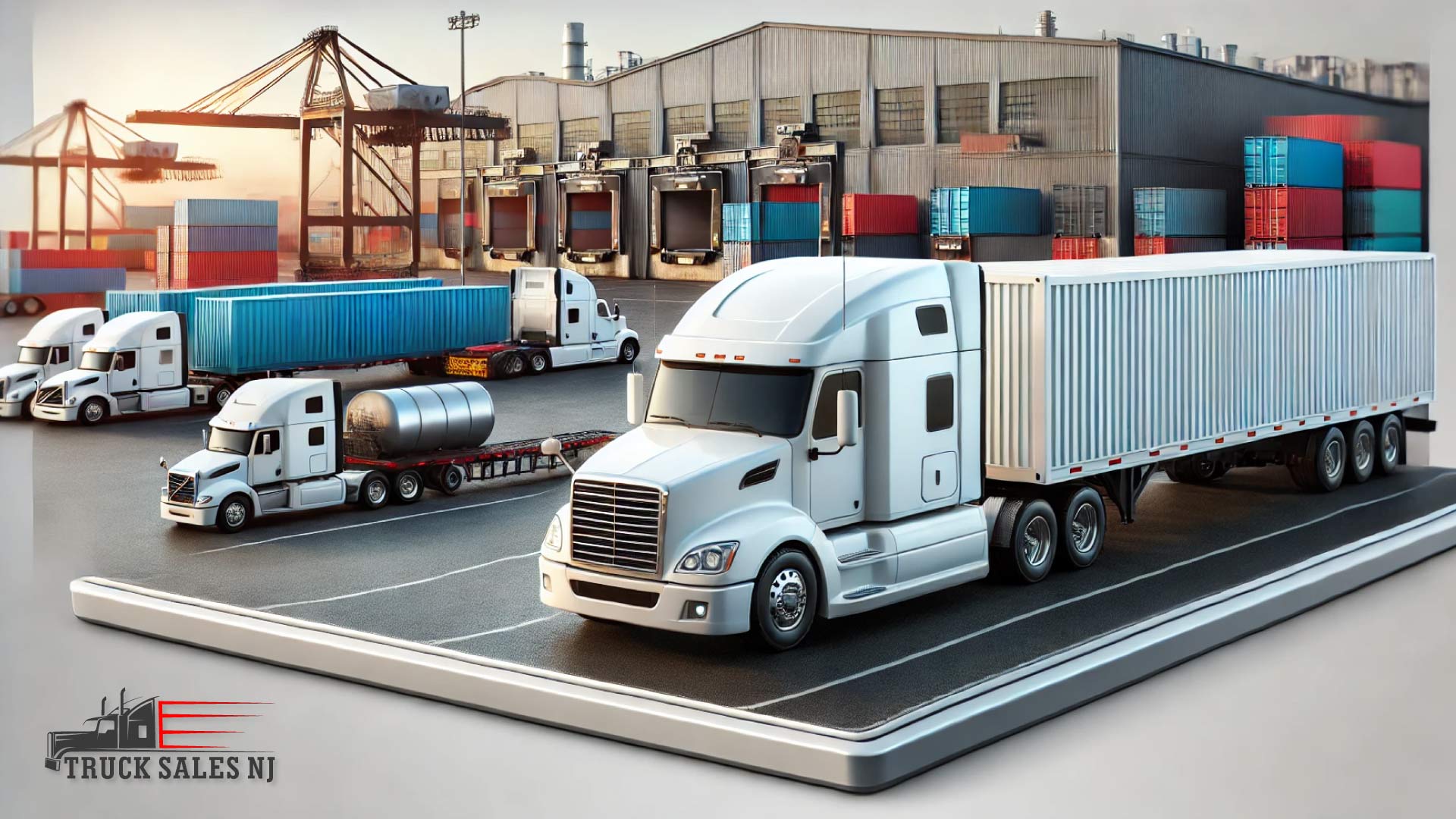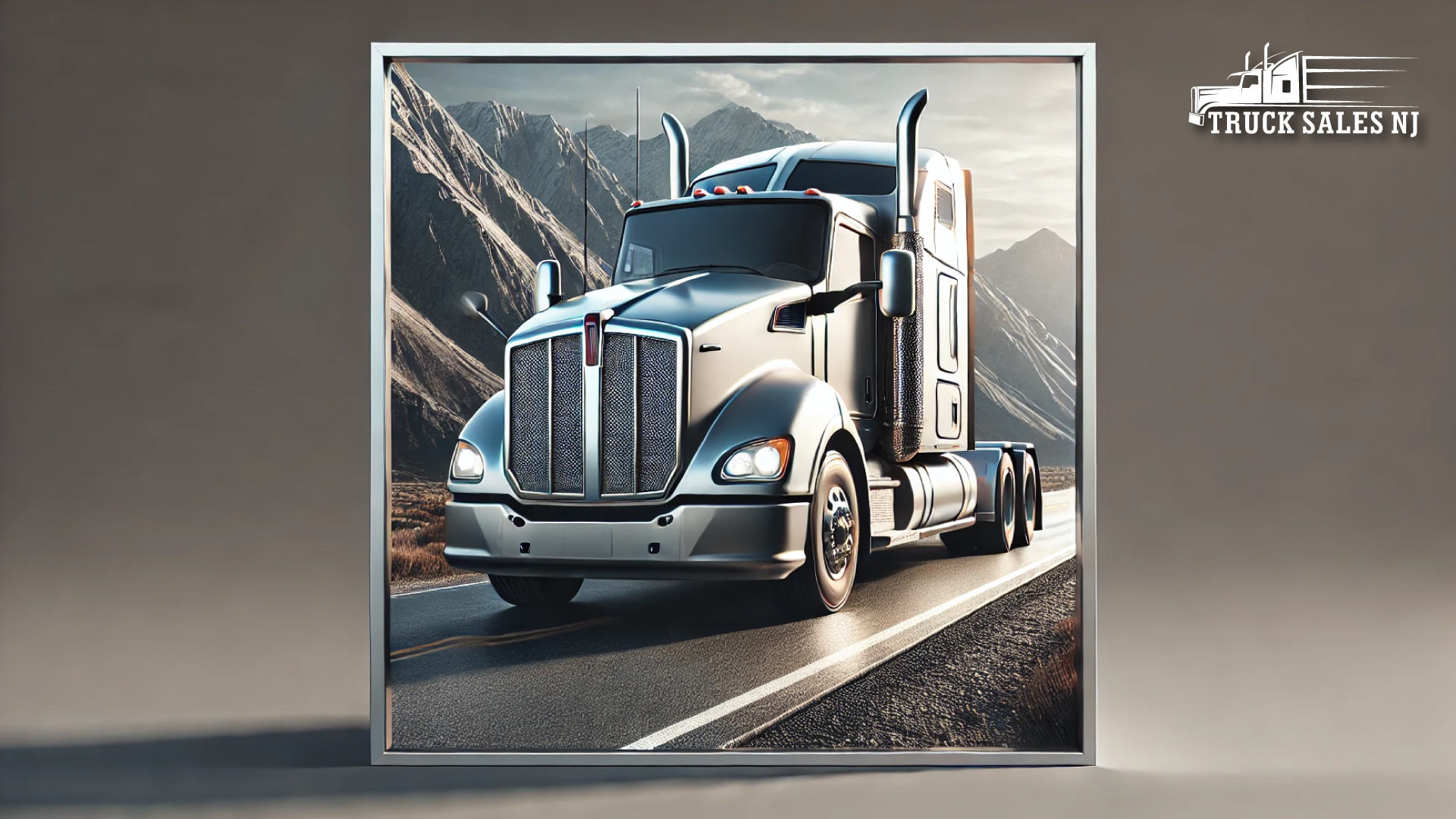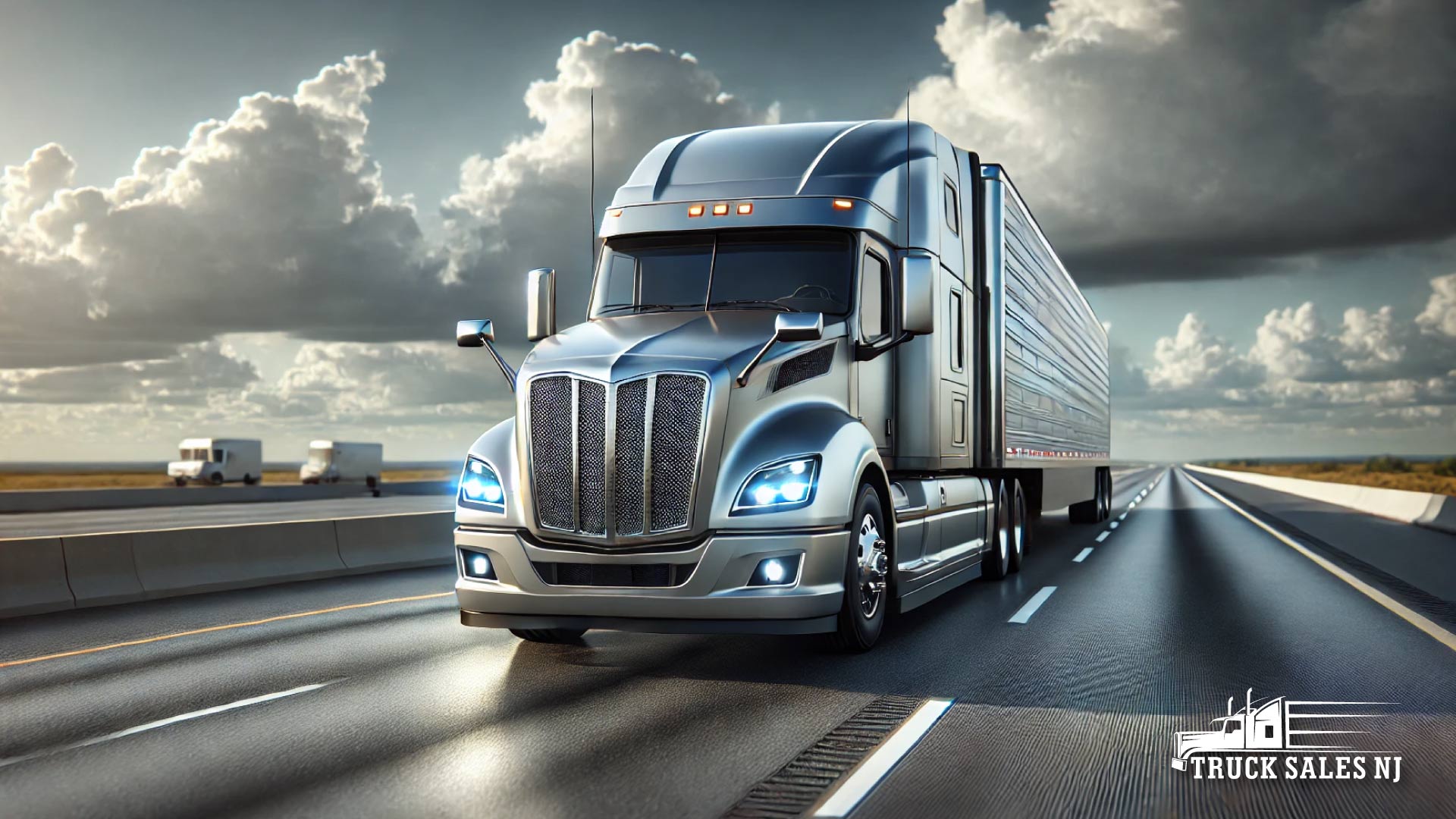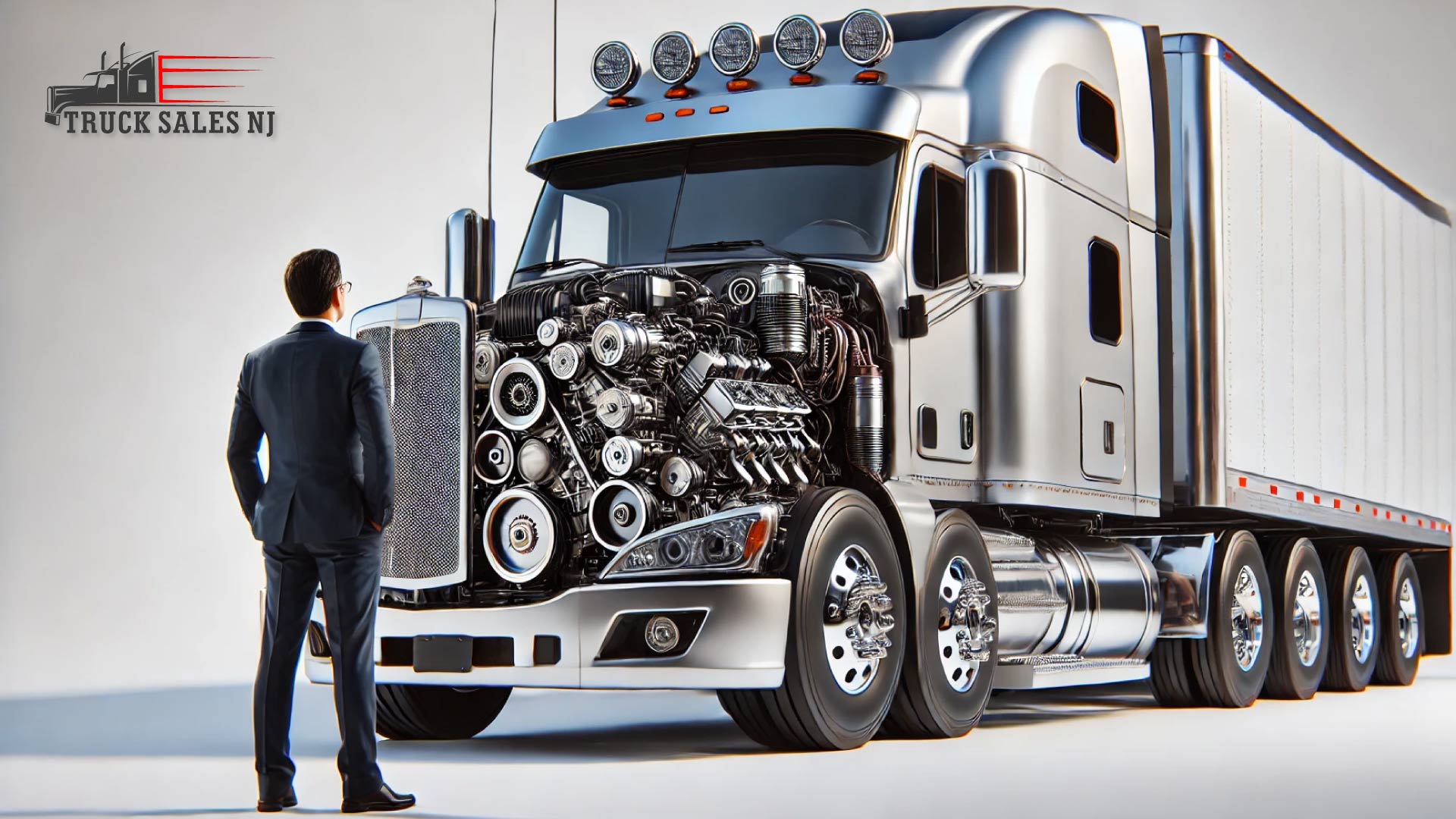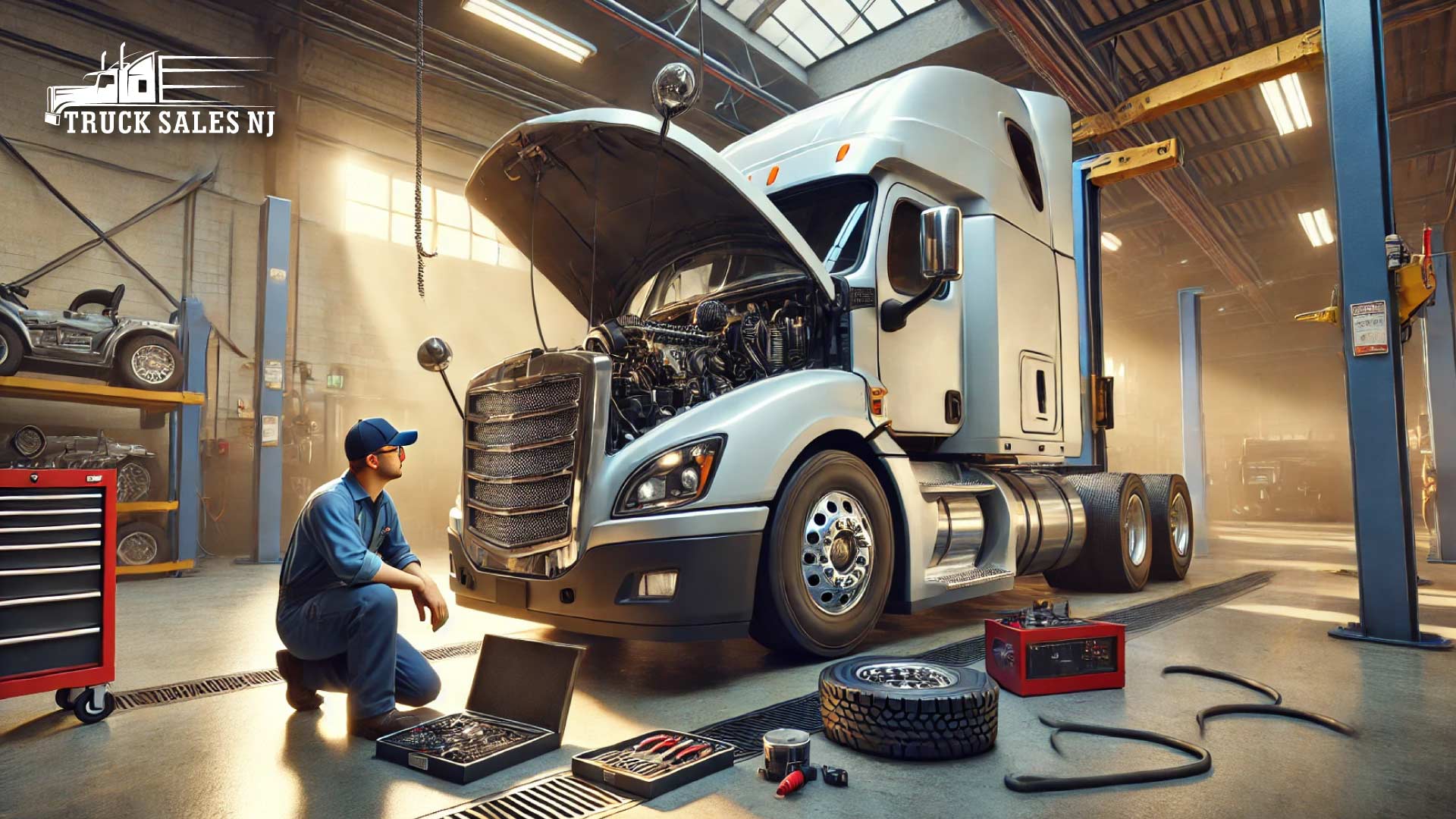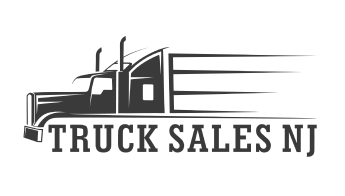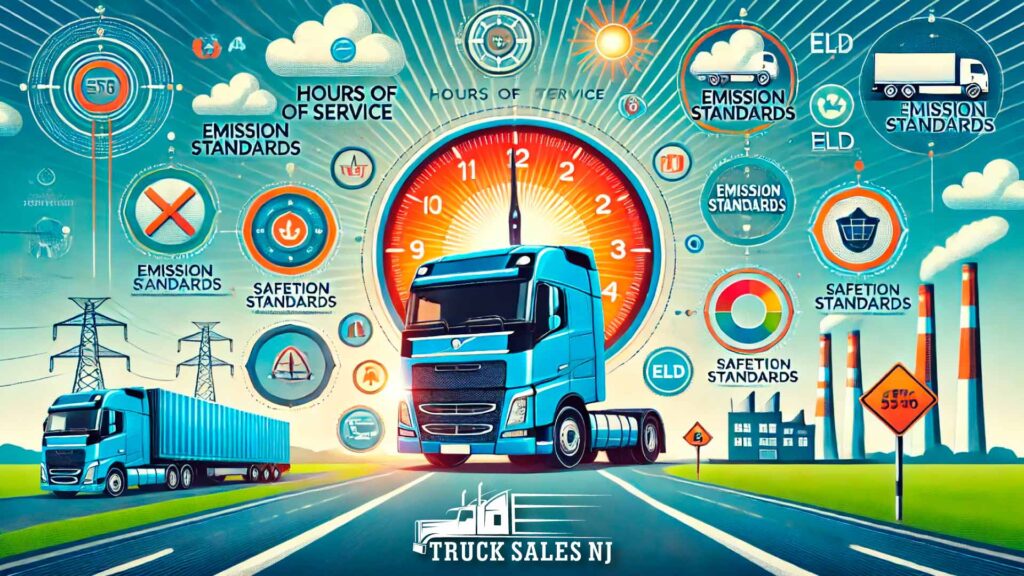
Curious about what’s driving ACT mandates in the trucking industry? You’re not alone! New regulations mean big changes for drivers, truck owners, and companies aiming to keep the road safe, fuel-efficient, and up-to-date with tech. These mandates affect everything from how long you can stay behind the wheel to the gadgets inside your cab. So buckle up as we break down the latest trucking rules and what they mean for you.
1. The Big One: Hours of Service (HOS)
First on our list of ACT mandates in the trucking industry is the Hours of Service (HOS) rule. It’s all about ensuring drivers don’t doze off behind the wheel (we need you alert!). Here’s the lowdown:
- Max 11 Hours of Driving: You’re allowed 11 hours on the road, but only after 10 hours of downtime.
- 14-Hour Limit: Once you clock in, you have 14 hours before you’re done for the day.
- 30-Minute Break: No driving for more than 8 hours without a break, so go grab that coffee!
And thanks to electronic logging devices (ELDs), there’s no fudging on these limits.
2. ELDs: The Little Devices That Make a Big Impact
The ELD mandate changed the game. No more paper logs—it’s all digital! ELDs keep your driving hours in check so you’re not overdoing it, and they also make it easier for companies to track compliance.
- Say Bye to Paper Logs: ELDs automatically track your driving time.
- Boosted Compliance: Fewer violations mean safer roads (and fewer headaches with DOT inspections).
- Transparency: With data always available, it’s all clear and easy to audit.
3. Greener, Cleaner Trucks: Emissions Standards
The ACT mandates in the trucking industry are taking a green turn with tougher emissions standards. Thanks to these rules, we’re seeing trucks that run cleaner and cost less at the pump.
- Phase 1 (2014-2018): Focused on creating fuel-efficient engines and introducing aerodynamics.
- Phase 2 (2018-2027): Takes things up a notch, requiring advanced tech for lower emissions and fuel efficiency.
These standards are a win-win, as they save on fuel and cut down pollution. It’s time to go green and save green!
4. Drug & Alcohol Testing Rules: Keeping It Safe
The trucking industry has zero tolerance for drugs and alcohol, and the Drug and Alcohol Clearinghouse ensures it stays that way. With this mandate, safety is top of mind, so here’s what it means for drivers:
- Pre-Employment Testing: New drivers must pass a drug test.
- Random Testing: Regular, unannounced testing to keep everyone on their toes.
- Post-Accident Testing: If there’s an accident, testing is mandatory.
The Clearinghouse tracks any violations, making it easy for companies to know if a driver has a clean record.
5. New Driver Training (ELDT) Mandate: Getting It Right from Day One
This mandate ensures all newbies are well-prepared. With the Entry-Level Driver Training (ELDT) requirement, new drivers get the training they need to stay safe and confident behind the wheel. Here’s what it covers:
- Certified Training Programs: Only programs that meet standards.
- Safety First: New drivers get trained on essential safety practices.
- Skills Testing: Each driver has to pass a skills test to get their CDL.
These new standards ensure rookies have all they need to drive confidently and safely from the get-go.
Keeping Up with Truck Sale
Understanding these ACT mandates in the trucking industry keeps you compliant and safe on the road. And if you’re looking for a reliable, up-to-date truck that meets all the latest standards, check out Truck Sales NJ. They have a great selection, whether you’re upgrading or just starting your journey.

